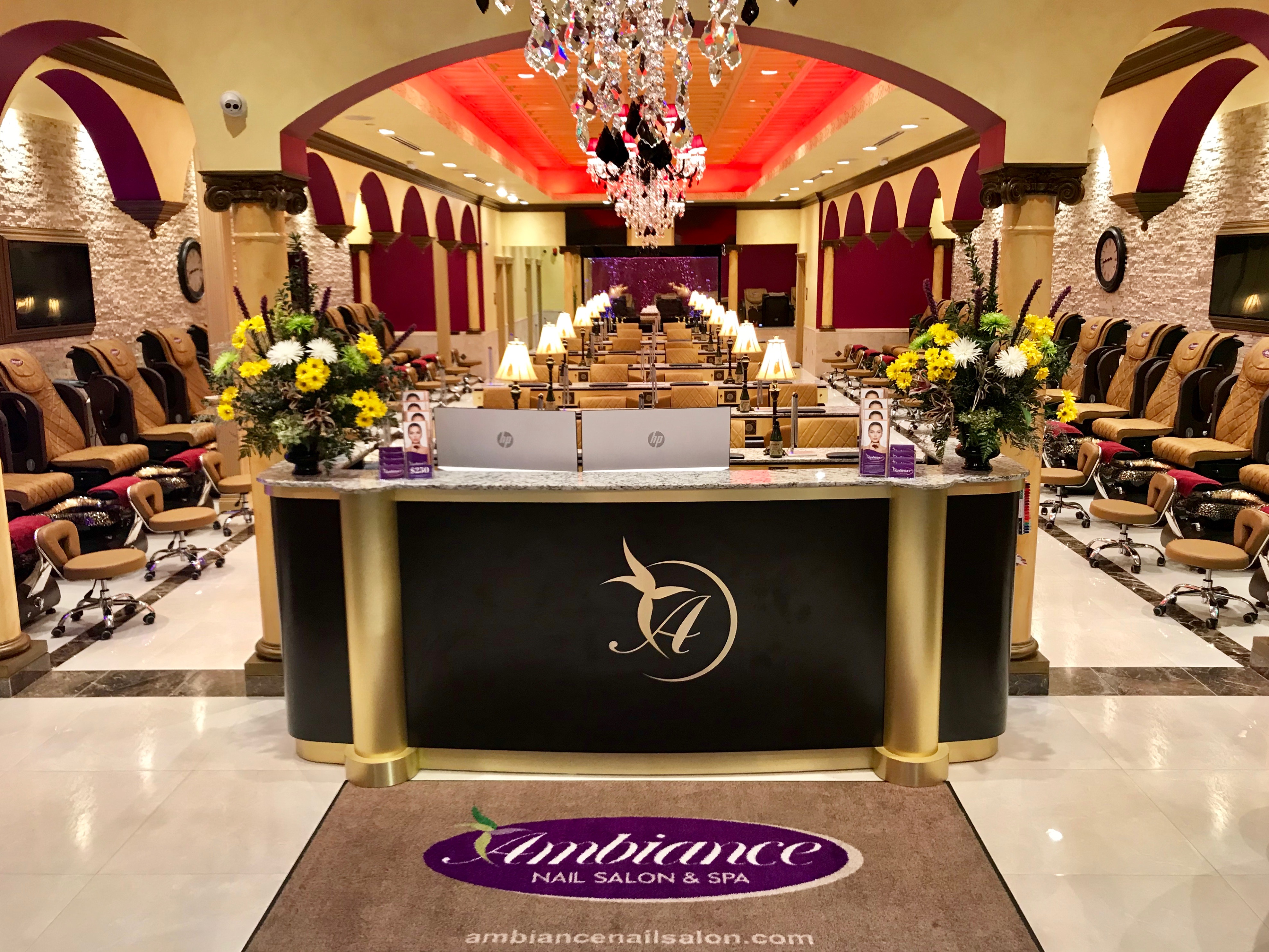
It’s too bad that childhood images of Pilgrims and Indians aren’t based on historical facts.Īnd yet there’s a legacy about this holiday that threads its way from past to the present and defies both myth and historical evidence. It seems that the historical evidence of Thanksgiving is not as compelling as the myths that cloud our memories. So it’s a good thing that Americans today are not tested on the history of that first Thanksgiving, because few of us would earn a passing grade. Who would wear only a loincloth in Massachusetts in November?

And it’s likely that the Indians were fully clothed to ward off the chill of autumn in New England. It’s true that they dressed in black on Sundays but on most days, including the first Thanksgiving, they dressed in white, beige, black, green and brown. Most diners ate what they liked or whatever dish was closest to them.įinally, it’s important to dispel one last Thanksgiving myth - that the Pilgrims dressed in black and white clothing, wore pointed hats and starched bonnets and favored buckles on their shoes.

And not everyone ate everything that was served. Although both the colonists and the Indians occasionally used cloths or napkins if the food was hot, they usually ate with their hands. The meal was consumed without ceremony over three days, whenever someone was hungry. It’s more likely that food was set out on every available flat surface: tables, boxes, benches, and tree stumps. The Pilgrims and the Indians did not, as the myth has it, sit down at tables, bless their food or pass the serving dishes. No one back then saved room for pumpkin pie.Īnother myth has to do with how the meal was served. In colonial times, a person ate what was available, when it was available. The only items listed in Winslow’s journal were “venison and wild fowl,” and it is likely that dried corn and fruit filled out the bill of fare.

In fact, it is not likely that they ate any roast turkey either. It’s not likely that the Pilgrims and the Indians consumed any bread dressing, mashed potatoes or pumpkin pie. The historical facts are not at all like the scene usually painted in elementary school. Though they don’t have much evidence, historians and archaeologists do have an educated hypothesis of what the Pilgrims ate, how they ate, when they ate and what they wore at that first Thanksgiving meal. No one worried about cholesterol or obesity in 1621! The only documentary evidence of the event comes from the journal of Plymouth Colony’s governor, Edward Winslow, who noted simply that the colonists met with Chief Massasoit and 90 of his men for a feast that lasted four days. So what are the facts of that first Thanksgiving? In fact, the Pilgrims of the Plymouth Colony in today’s Massachusetts did share a meal with the Wampanoag Indians in the autumn of 1621, but the rest of the details are uncertain.

The fact that it’s so pervasive is evidence that American myths have long lives. To be sure, it’s a powerful one - one that will be repeated many times this November. In fact, many Americans today still recall if they were “pilgrims” or “Indians” in their school pageants. The Pilgrims dressed in black, and the Indians wore feathers and colorful beads. The Pilgrims sat down with Indians for a big meal of turkey, cornbread, cranberries and pumpkin pie. So what do most Americans believe happened on that first Thanksgiving Day? Most still cling to what they learned in elementary school. We all celebrate Thanksgiving in our own ways. Some gather to give thanks for all that they have received over the previous year others get together just to enjoy turkey and football. Every year on the fourth Thursday in November, Americans sit down to eat with family and friends. Thanksgiving dinner: never has the history of a meal been so obscured by myth.


 0 kommentar(er)
0 kommentar(er)
